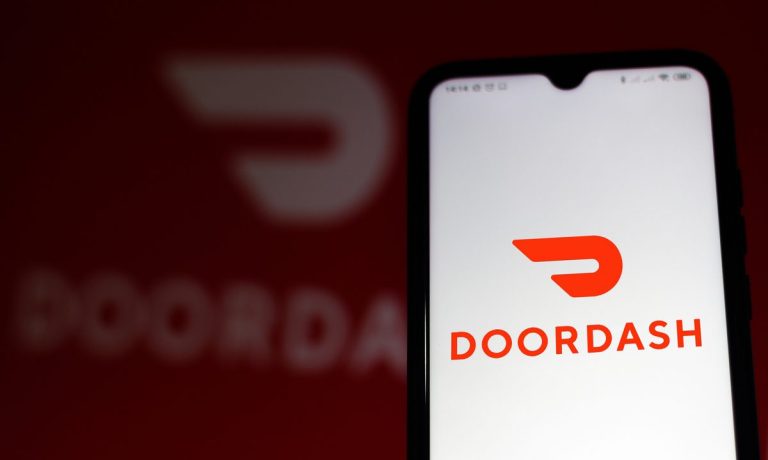DoorDash Steps Up Its White-Label Efforts in the ResTech Race to ‘Digital Entirety’

As digital restaurant ordering solution providers compete to have a hand in the greatest share of total restaurant orders, DoorDash is making moves to grow its reach well beyond its marketplace. On Wednesday (March 30), the aggregator announced a partnership with website building platform Wix to integrate its DoorDash Drive white-label fulfillment platform into restaurants’ Wix sites and apps.
Through the partnership, restaurants can offer delivery, fulfilling orders through the aggregator’s driver network. For DoorDash, the integration expands the reach of the company’s white-label solutions to new customers.
“We are excited to partner with Wix to provide a solution for restaurants of all sizes to offer seamless delivery through their own channels through our Drive platform,” Casey North, vice president at DoorDash Drive, said in a statement. “We hope Wix Restaurants users can expand their reach to even more customers, and we are proud to support these small businesses by enabling delivery through their own channels.”
You may also like: DoorDash, Grubhub Race to Offer Restaurants the Most Flexible Fulfillment
As the aggregator looks to grow its white-label solutions, it is also aiming to expand its reach to more kinds of restaurant orders. Earlier this month, the company announced the acquisition of restaurant ordering and payment technology provider Bbot, which unlocks new in-store ordering and payment capabilities for DoorDash.
Related news: DoorDash Aims to Capture in-Store Restaurant Sales With Bbot Acquisition
Consumers prefer to order online through restaurants’ websites over ordering via aggregator, according to data from the December 2021 edition of PYMNTS’ Digital Divide report, Aggregators and High-Value Restaurant Customers, created in collaboration with Paytronix. which drew from a census-balanced survey of more than 2,100 U.S. adults about their food purchases conducted in the fall.
View the full report: Digital Divide: Aggregators and High-Value Restaurant Customers
The study found that 39% of full-service restaurant (FSR) customers order online through restaurants’ direct channels, while less than half that share (only 17%) order online via aggregator. Similarly, 45% of quick-service restaurant (QSR) customers order online through restaurants’ direct channels, while only 23% order via aggregator.
Noting this shift to direct ordering, aggregators are making moves to grow their white label offerings for restaurants, allowing them to bring in revenue even when consumers steer clear of their marketplaces.
“I think companies like DoorDash are very smart — they see that [shift] happening and they’re starting to unbundle their products and offer their services piecemeal, because they see that unbundling occurring, and the experience is getting embedded,” Steve Simoni, senior director of product management at DoorDash (then CEO of Bbot), told PYMNTS in a November 2021 interview. “That choose-your-own-adventure is the trend right now.”
Read more: Growth of Ghost Kitchens Threatened by Outdated Digital Payment Tech
With the rise of digital ordering, restaurants that can grow their share of total orders have the potential to become deeply embedded in consumers’ routines. In an interview with PYMNTS’ Karen Webster last May, Noah Glass, CEO of New York City-based B2B Software-as-a-Service (SaaS) restaurant technology company Olo, shared the company’s intention to go from “digital primacy to digital entirety,” aiming to be a key part of every restaurant transaction.
See also: Olo’s Noah Glass On Powering The $1.6 Trillion ‘Eats’ Ecosystem